How to Create an Engaging Custom 404 Page in Elementor for a Better User Experience

Introduction
A “404 Page Not Found” error can disrupt the browsing experience for your visitors and lead them to abandon your site. Instead of a default, often bland 404 error page, a custom design offers a valuable opportunity to guide users back to crucial content, improve navigation, and present a unique experience that aligns with your brand. While Elementor doesn’t automatically set up a custom 404 page, you can build and integrate one manually with both Elementor Pro and Elementor Free. Here, we’ll cover a step-by-step process for each version of Elementor to make the creation simple and effective.

Creating a Custom 404 Page in Elementor: Detailed Steps
Setting Up a Custom 404 Page with Elementor Pro
For Elementor Pro users, the Theme Builder feature simplifies creating and assigning a 404 page. This feature allows you to designate a specific template that will automatically display when users encounter a missing page.
Step 1: Accessing the Theme Builder
- In your WordPress dashboard, navigate to Templates > Theme Builder.

- Click Add New and select 404 Page as the template type.
- This setup opens a blank canvas for you to design your custom 404 error page from scratch.
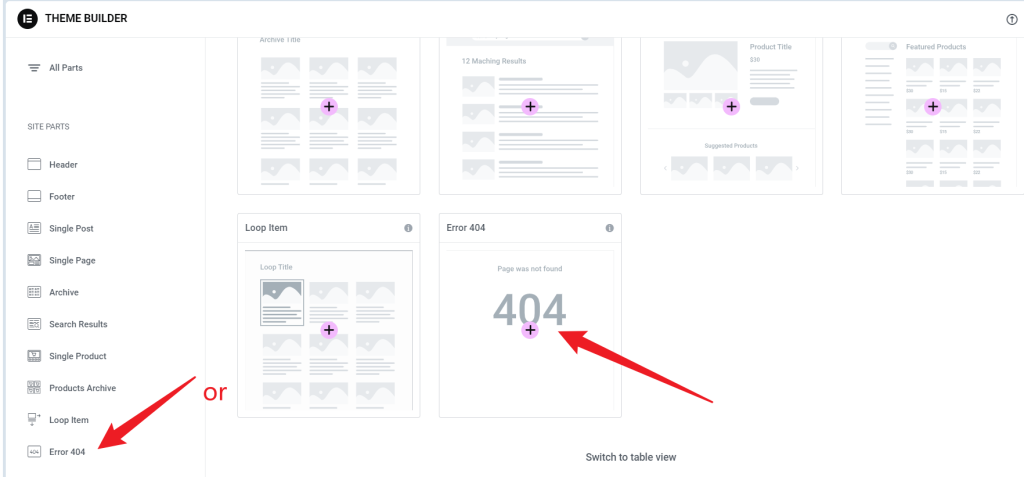
- Click on the x to go to the page that.
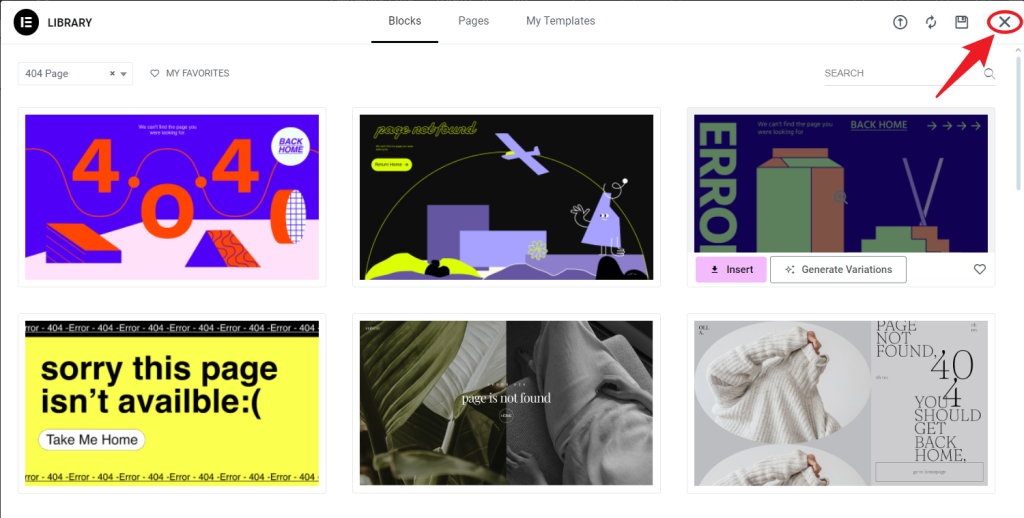
Step 2: Designing the Page Layout
- Craft a Friendly Error Message:
- Use a Heading widget to create a clear, welcoming message, such as “Oops! Page Not Found” or “We’re sorry, but that page doesn’t exist.”
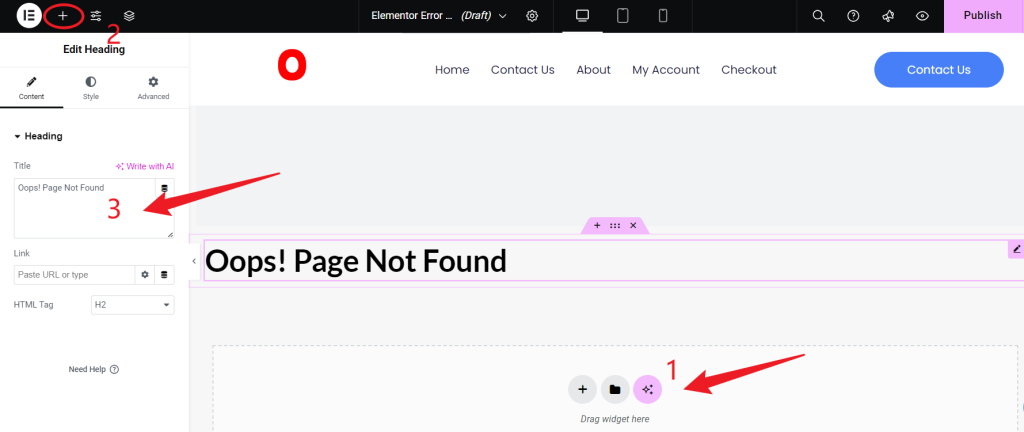
- Add Navigation Links or Buttons:
- Include one or more buttons linking to popular pages, such as the Homepage, Blog, or Contact Us. Adding a Search bar can also be helpful for users looking to find specific content.
- Customize each button (like “Go Back Home”) by setting the URL link directly within Elementor.
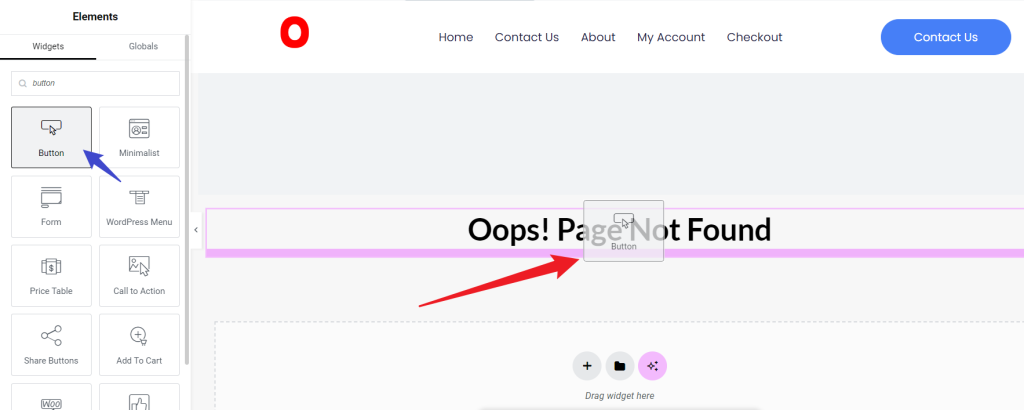
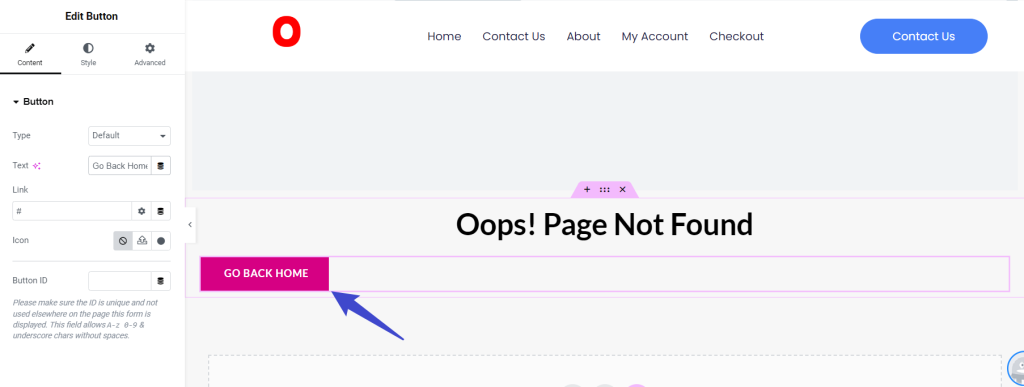
- Include Visual Elements:
- Consider adding images, icons, or animations that align with your brand’s style to keep users engaged.
- Optional Elements:
- Adding elements like animations, icons, or a humorous visual touch can make the 404 page more engaging.

Step 3: Assigning the Template
- Once the design is finalized, click Publish.
- Set the Display Condition as 404 Page to ensure the page appears only for error URLs.
- Save and close the settings to confirm the template assignment.
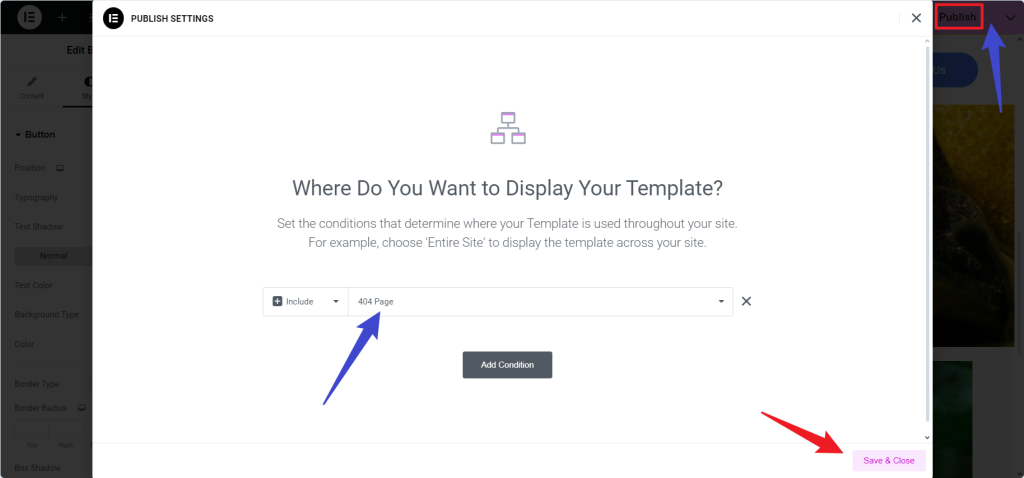
Step 4: Testing the 404 Page
- To check that everything works as planned, navigate to a non-existent URL on your site (for example, yourwebsite.com/thispagedoesnotexist).
- Please verify that the 404 page displays correctly and test each link or button to ensure they guide users as expected.

Building a Custom 404 Page with Elementor Free
Elementor Free doesn’t offer the Theme Builder feature, but you can still create a custom 404 page by designing a template and embedding it into your theme’s 404.php file.
Step 1: Designing Your 404 Page
- Create a New Page:
- Go to Pages > Add New and name it something like “Custom 404 Page.”
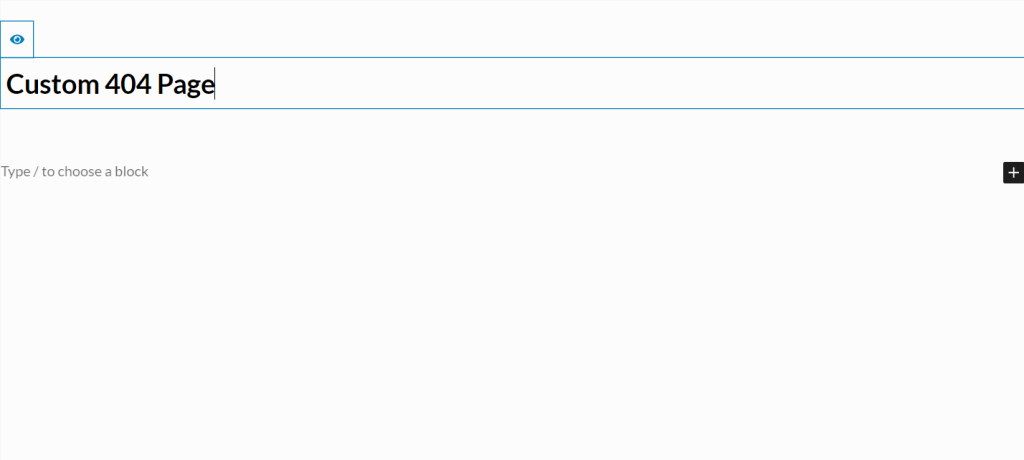
- Add Elements for User-Friendly Navigation:
- Add a Heading widget for your error message, such as “Page Not Found” or “Sorry, this page doesn’t exist.”
- Include a Button widget linking to essential pages and a Search widget if you want users to locate content quickly.
- Use visuals, icons, or images to make the page visually appealing.
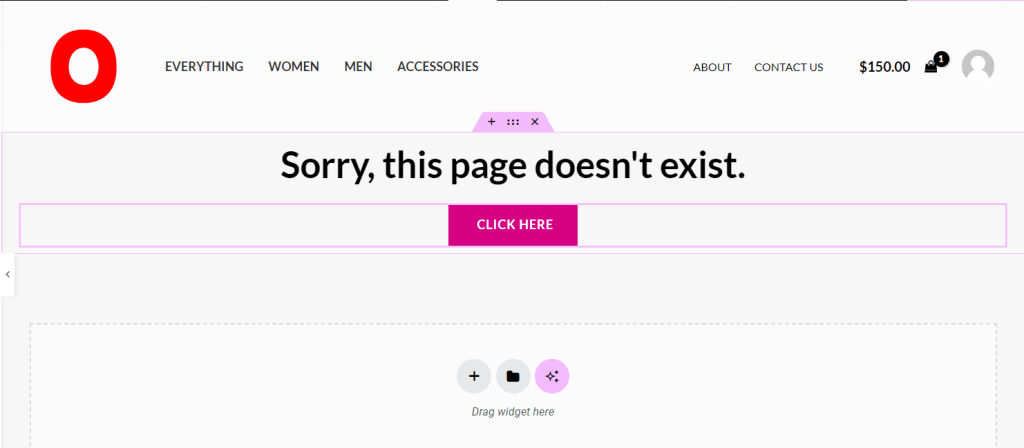
- Save as a Template:
- Click the Arrow next to the Update/Publish button and choose Save as Template to save your design.

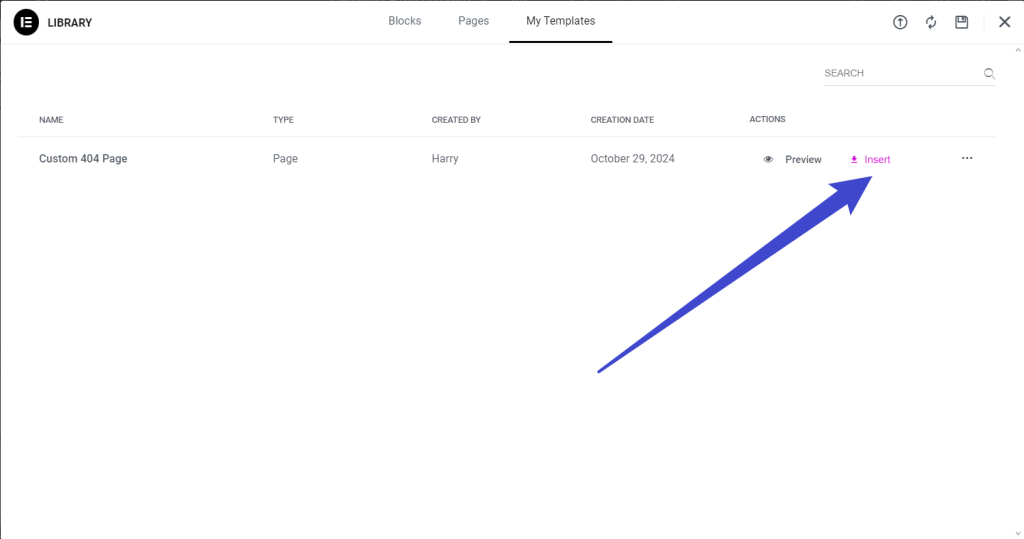
Step 2: Integrating the Template with Your Theme
- Get the Template Shortcode:
- Go to Templates > Saved Templates to find and copy the shortcode of your newly saved 404 template.
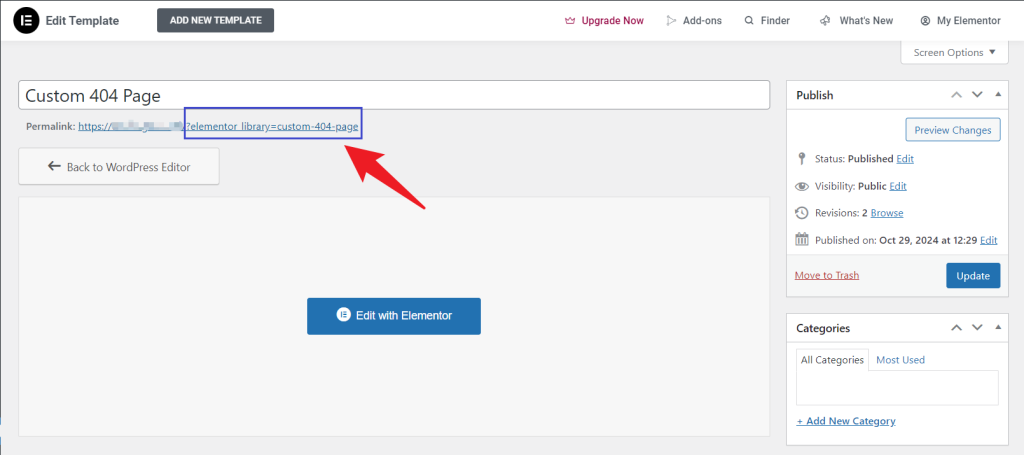
- Edit the 404.php File:
- In Appearance > Theme File Editor (or via FTP), find your theme’s 404.php file under /wp-content/themes/your-theme/.
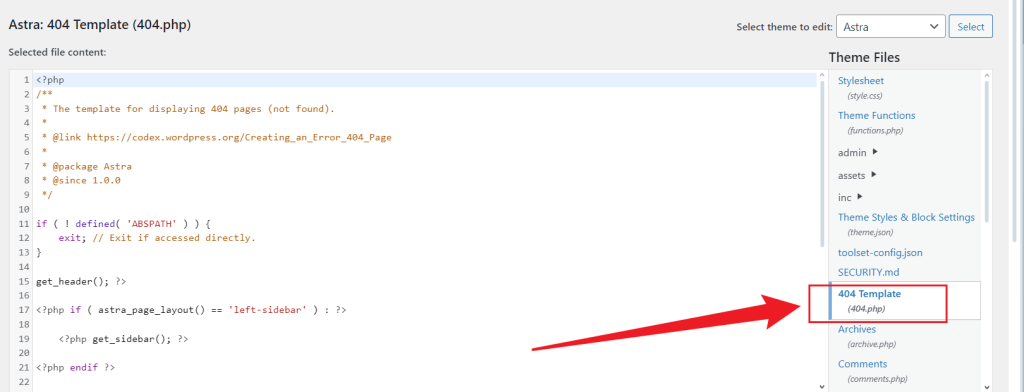
- Insert the Template Shortcode:
- Replace the contents of 404.php with the following code, inserting your template shortcode in place of :
<?php
// Your theme's header and additional elements
?>
<div id="primary" class="content-area">
<main id="main" class="site-main" role="main">
<?php echo do_shortcode('[elementor-template id="123"]'); ?>
</main>
</div>
<?php
// Your theme's footer and additional elements
?>- Save Changes to the 404.php file.

Step 3: Testing Your Page
- To confirm that the 404-page displays as intended, navigate to a non-existent URL on your site and check that all links and elements are working correctly.
Enhancing the 404 Page for Better User Experience

A custom 404 page is more than just a placeholder; it’s an opportunity to keep users engaged with helpful navigation options and a bit of personality. Here are some tips for crafting an effective 404 page:
- Personalize the Message: Friendly language, such as “Oops! Something went wrong” or “We couldn’t find the page,” can improve the experience.
- Highlight Relevant Links: To guide users, include links to popular categories or the latest blog posts.
- Use Interactive Elements: Simple animations or hover effects add an interactive touch.
- Ensure Brand Consistency: Reflect your website’s colors, fonts, and logo on the 404 page to align with your overall style.
Conclusion
Creating a custom 404 error page in Elementor helps visitors stay engaged even when they reach an error page. Elementor Pro makes it easy to assign this page using the Theme Builder, while Elementor Free allows you to achieve a similar effect through template integration. Following these steps ensures that users will always have a clear way back to your content, ultimately improving navigation, minimizing frustration, and enhancing the overall user experience on your site.





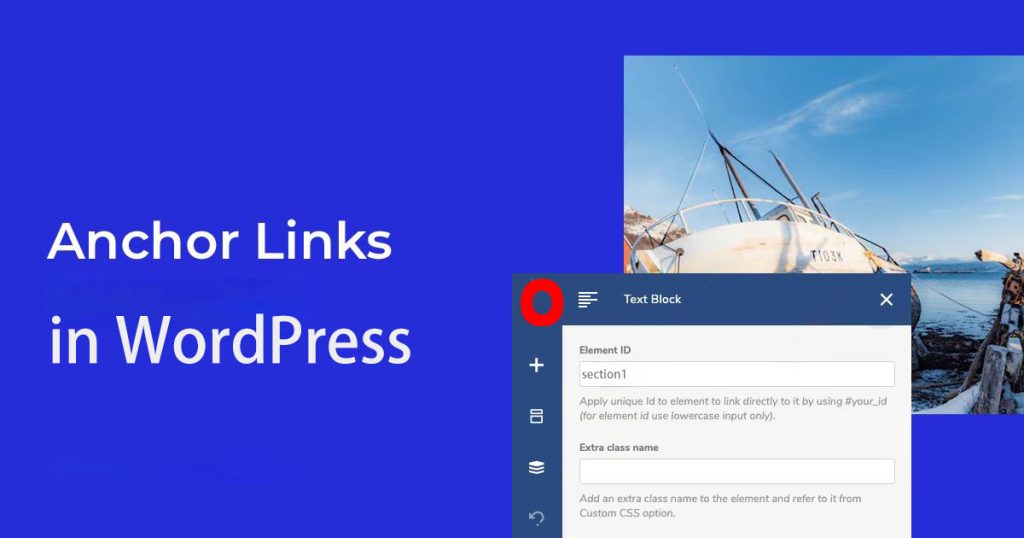

Responses